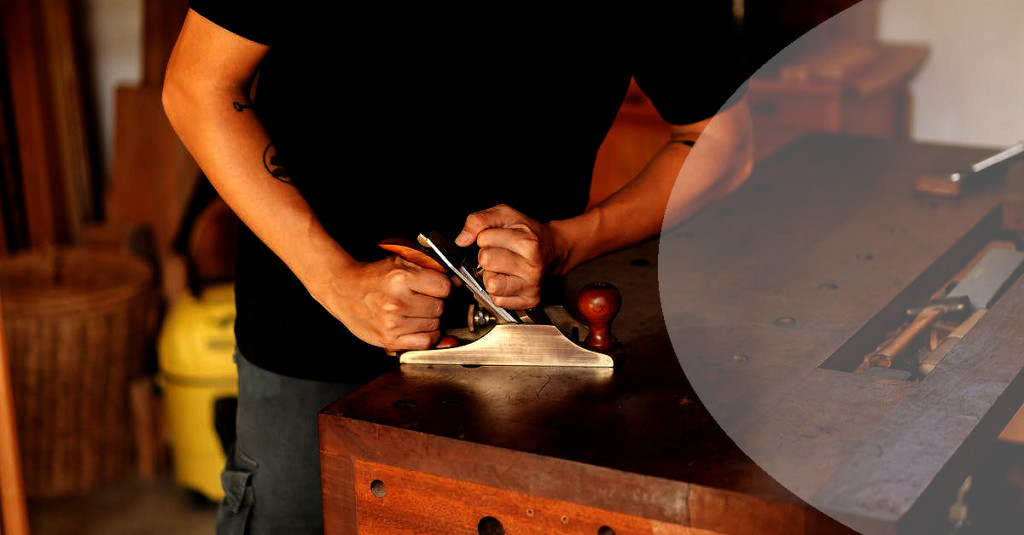Tips for Cleaning Your Walls and Ceilings Without Damaging Them

Tip 1: Know Your Wall Surfaces

Keeping your walls and ceilings clean is essential to maintain the look and longevity of your home's interiors. However, if not done correctly, cleaning these surfaces can cause damage or unsightly smudges. Worry not, as we've gathered some foolproof tips to help you keep your walls and ceilings spotless without causing any damage. So, let's dive in!
Painted Walls
To avoid causing damage, it's essential to identify the type of surface you'll be working on. Typically, walls are covered in paint, wallpaper, or wall coverings such as vinyl. Ceilings, on the other hand, are most commonly coated with flat or matte paint.
Wallpaper & Wall Coverings
- Flat, eggshell, or satin paint finishes: These finishes are generally less durable and susceptible to water damage. It's best to use a soft cloth, gentle soap, and minimal water to avoid affecting the paint.
- Semi-gloss or high-gloss paint finishes: These surfaces are more durable and can be cleaned with a mixture of water and mild soap. Rinse with clean water and use a soft cloth to dry the surface afterward.
Tip 2: Arm Yourself With The Right Tools
Before cleaning wallpaper or wall coverings, consult the manufacturer's instructions for care. Generally, most wallpapers can be gently wiped with a microfiber cloth or vacuumed using the brush attachment. For more robust cleaning, use a slightly damp sponge or cloth and mild soap, taking care not to oversaturate the surface.
Tip 3: Prep Before You Clean
Having the correct cleaning tools on hand will make the cleaning process more straightforward and safer for your walls and ceilings. Here's a list of essential tools to keep handy:
- Microfiber cloths
- Soft sponges
- Gentle cleaning solutions
- White vinegar Good Housekeeping
- A vacuum with a brush attachment
- Step ladder (for reaching high areas)
- Extensions for cleaning poles, if necessary
Related articles
Tip 4: Choose a Gentle Cleaning Solution
Before you start cleaning, protect your floors and furniture by laying down a protective cloth. Additionally, remove dust from both the walls and ceilings using a vacuum cleaner with a brush attachment or a dry microfiber cloth. Always start your cleaning process from the top to avoid streaks or dirt falling onto already clean areas.
Tip 5: Mind Your Technique â Wipe, Don't Scrub!

Stick to mild soap or cleaning products specifically designed for wall maintenance. Avoid ammonia or harsh chemicals, as they can damage your surfaces. An excellent DIY option for painted walls is mixing one cup of white vinegar with a gallon of water. Remember to test the cleaning solution on a small inconspicuous area first to ensure it doesn't cause any damage.
Beyond the Basics: Handling Stubborn Stains

To avoid damaging your walls and ceilings while cleaning, use a soft microfiber cloth or sponge and dab or gently wipe the surface. Scrubbing should be reserved only for stubborn stains, and even then, care should be taken not to be too aggressive.
- Wet your cleaning tool with the cleaning solution and wring out excess water. It should be damp, not saturated.
- Wipe in a circular motion, covering small areas at a time.
- Rinse the area with a clean, damp cloth to remove any remaining cleaning solution.
- Dry the surface with a soft, dry cloth.
For those extra stubborn smudges or spots, you may need to enlist the help of specialized products like Mr. Clean's Magic Eraser. Just dampen the eraser and gently rub the stained area. Be sure to follow the manufacturer's instructions, and as always, test in a small, hidden section first.
A little effort goes a long way in maintaining the pristine appearance of your walls and ceilings. By using gentle cleaning techniques and the right tools, you'll be able to keep your home looking fresh and clean, while also protecting and extending the life of your surfaces. So go forth and conquer, using these tried-and-true tips for cleaning your walls and ceilings without causing damage!





